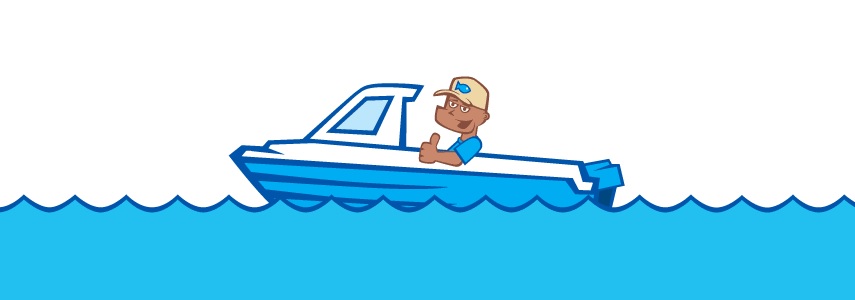Boat loans are structured similarly to vehicle loans, with a defined loan amount that you pay interest on over a specified period of time. Banks, credit unions, boat dealers, and marine finance firms all provide boat financing. Subprime boat loans are available, but you’ll almost certainly need a large down payment and a low debt-to-income ratio to qualify. Consider if the loan, as well as continuing maintenance, storage, insurance, and fuel expenditures, fits into your budget before committing to a boat loan. You already have a rudimentary knowledge of how a boat loan works if you’ve ever had a vehicle loan. You can request a loan amount (less any down payment) as well as a payback period. Depending on your credit score, the lender may provide reasonable rates if you are authorised. Depending on the loan size and lender, you can apply for a secured boat loan with a period of up to 20 years. Unsecured boat loans, often known as personal loans, usually have shorter periods (typically no more than five to seven years). The longer your loan period, the higher the overall interest you’ll pay.
A down payment is typically required by boat loan lenders, ranging from 10% to 20% depending on the lender and the boat’s cost. Some lenders offer zero-percent-down loans but bear in mind that putting down a deposit can help protect you against depreciation, or the loss of value of your boat over time, and prevent you from owing more on your boat loan than the boat is worth. A down payment may reduce your monthly payment and the total amount of interest you pay on your boat loan. Boat loan interest rates are normally set, although they can vary substantially depending on the lender and your credit history. As of August 2021, several lenders are offering secured caravan loans in Australia with initial annual percentage rates (APRs) ranging from 4% to over 6%. However, your rate will be affected by factors such as the type of boat and model year, your credit history, loan period, and loan amount. Borrowers with subprime credit may be eligible for a boat loan, although they may be required to make a down payment and have a low debt-to-income ratio. Keep in mind that if your credit score is low, you’ll almost certainly be offered a higher interest rate than if your credit is good.
Don’t forget to include charges other than your boat loan’s monthly installments when calculating your boat budget. Slip fees, winterizing, towing, land storage, gasoline, boat insurance, repairs, maintenance, registration, and taxes are examples of continuing expenditures. When you apply for a secured boat loan, the value of the boat will be considered when determining how much you may borrow. If you’re not buying a new boat, a marine survey is a good idea. An inspector will evaluate the vessel, engine, and trailer during a marine survey, detailing the boat’s condition, noting any needed repairs, and determining if it is safe to take out on the water.







Leave A Comment